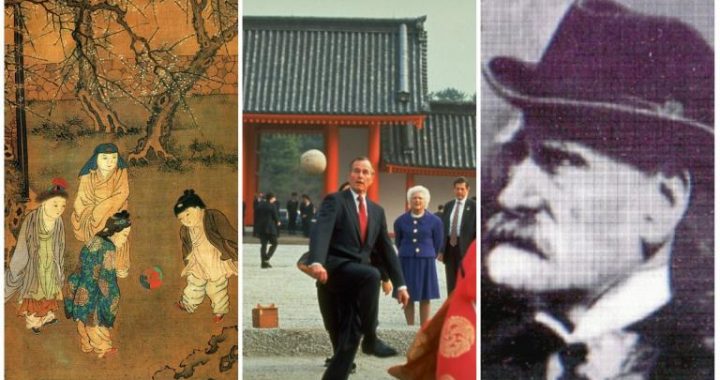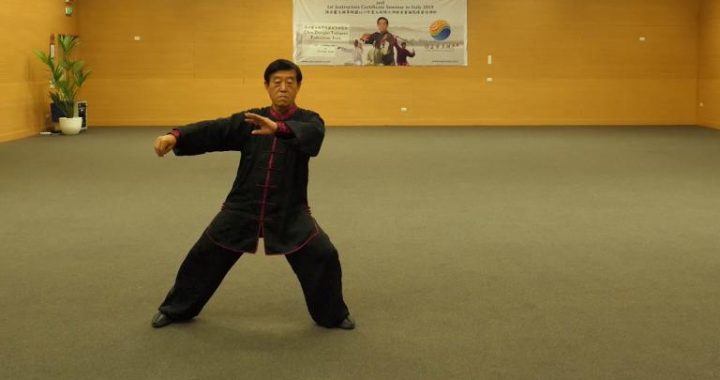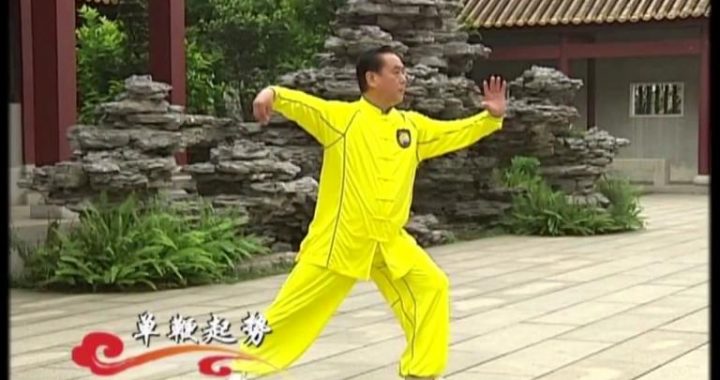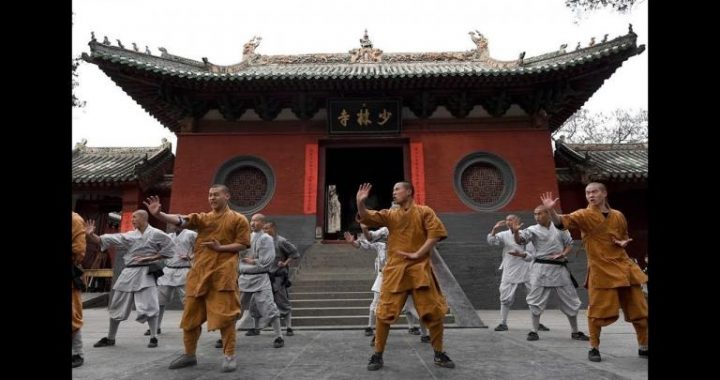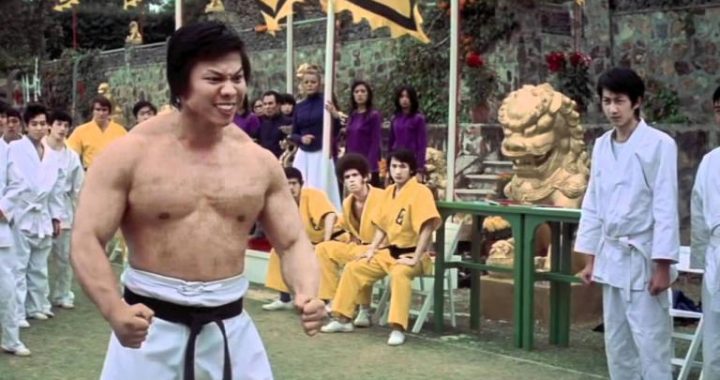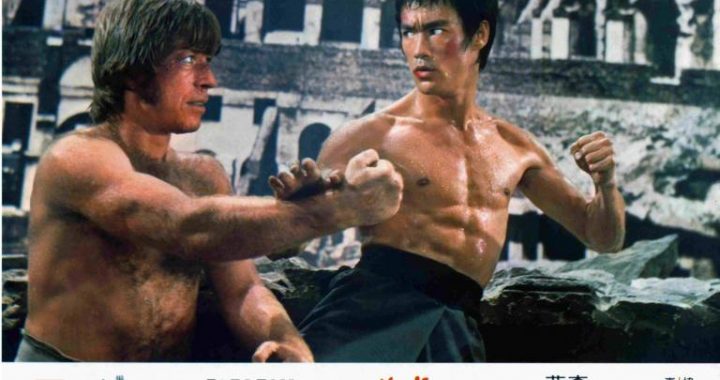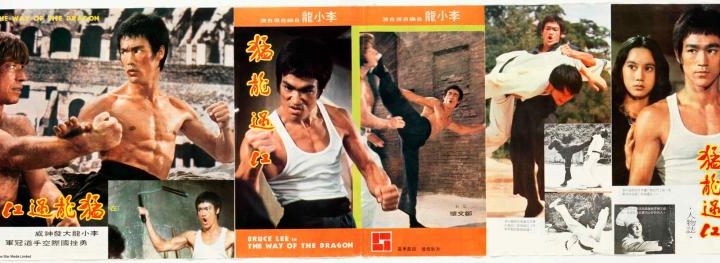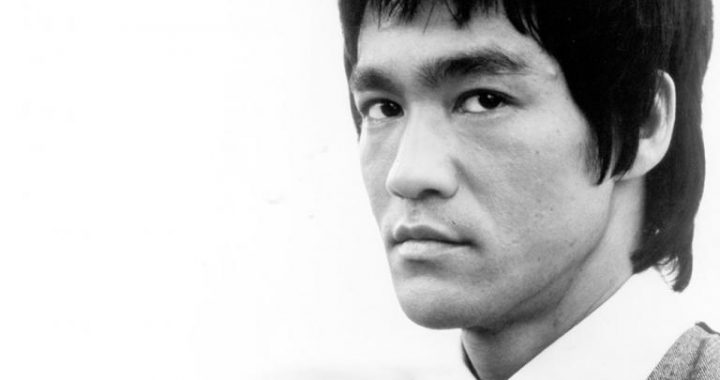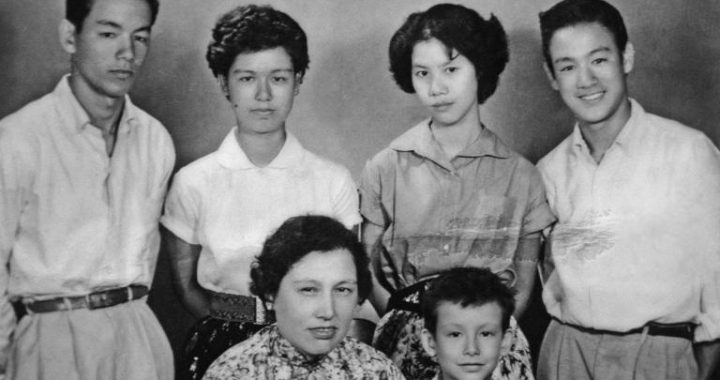The Origins of Martial Arts
3 min readMirror with human-animal fighting patterns, the Qin Dynasty (221-206), Yunmeng, Hunan province Hongmen Banquet-Xiang Zhuang performing sword dance The drawing portrays the famous story of Hongmen Banquet in Chinese history. In 2o6 BC, two states-Chu and Han-contended for hegemony after the Qin Dynasty ended. Liubang, King of Han state, went to Hongmen to meet Xiang Yu, King of Chu state. During the banquet, Xiang Zhuang performed the sword dance as a cover for his attempt on Liu Bang’s life.
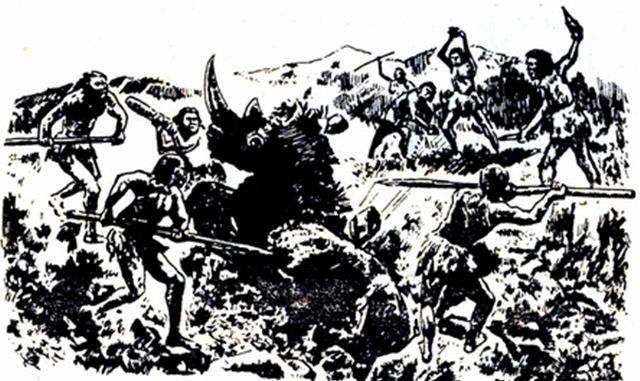
Wushu was historically termed”quan yong”or martial arts. But fairly recently, the Chinese government changed the term to “guoshu”during the Republican Period (1912-1949) while foreigners call it”kungfu.”The Chinese martial art was rooted in the war between humans and animals among the tribes. An excerpt from The Book of Poetry traces the martial art back to the Spring and Autumn Period(77o BC-476 BC). Further passages from Zhuangzi recorded over three thousand swordsmen of King Zhao(in the late Qin Dynasty) fought with each other day and night, and never grew tired of fighting. During the Han Dynasty (202 BC-AD 22o), the practice of martial arts made remarkable progress. Many a paintings on relief stone sculptures from the Han Dynasty, which were unearthed in Henan, describe the martial arts movements in varied forms, including similarities to fencing, painting, sword playing, snatching spears empty-handed, and bayonet practice using a sword and lance-all of which reflect the “solo”and “sparring”forms of martial arts.
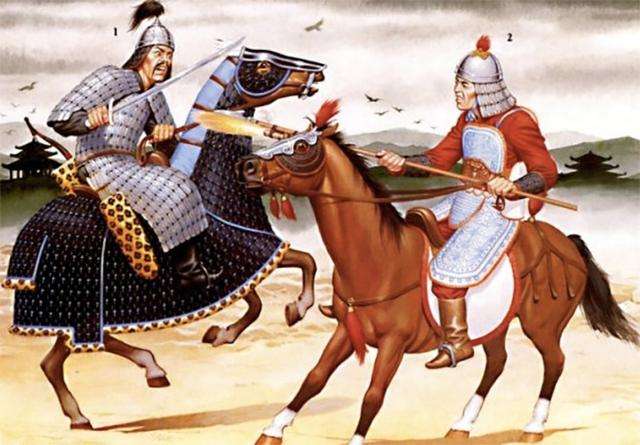
Martial arts and hunting drawings,hollow brick relief,the Eastern Han Dynasty(25-220),Zhengzhou,Henan province.
Qigong Jade Inscription
This is a small jade column with 1e sides of the early Warring States period that is now kept in the Tianjin History Museum.There are 45 characters engraved on the jade,recording the methods and directions of Qigong practice,similar to the subsequent Zhoutiangong,and it is the earliest and moest complete Qigong method ever found in China.The internal strength in wushu is related with it.
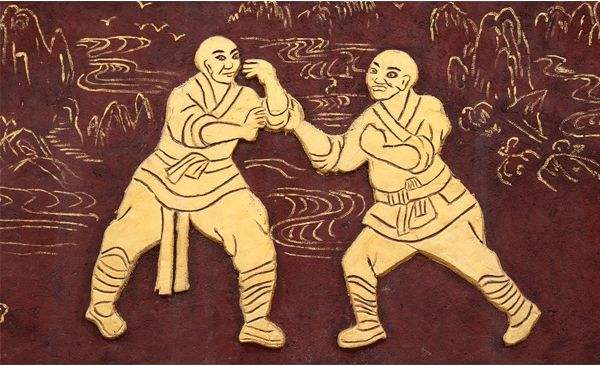
This inscription means:when exercising Qi energy,one must take a deep breath and store more energy to enable one’s Qi to extend to the lower part of one’s body.When qi moves to a certain position(pubic region),one must stop to make Qi sink.Then breathe out the Qi in reverse direction,like grass in the bud growing upward.With mutual movement and exchange,if one exercises Qi along this direction,one can live long;if against this direction,one will die.
Following the Spring and Autumn Period,Taoism was formed,and famous Chinese philosopher Laozi advocated for the“renewal of oneself while embracing perfect peace,”and for the“unity of body and mind while concentrating on breathing”while Zhuangzi essentially proposed the idea of “exhaling the old and inhaling the new.”The Xingqi Yupei Ming,or the Qi Circulation Inscription,from the Warring States Period(475-221 BC)recorded the qi-promoting method.Laozi and Zhuangzi’s theory of“cultivating qi”combined the theory of yin-and-yang with the five elements:metal,wood,water,fire and earth.This became the training basis for the internal exercise of Wushu.
Some of Laozi’s philosophical theories,such as restricting action through silence,conquering the unyielding with the yielding and”cats hide their paws”were absorbed by various styles of Wushu and were considered the principles of internal styles of martial arts.
Bare hands tussling with lance, stone relief, the Han Dynasty, Nanyang, Henan province Cultivating extrinsic and intrinsic values and unifying the body and soul make up the basiccharacteristics of Wushu. Throughout the process of historical development, martial arts have integrated the promotion of qi while martial artists have worked to transfer the potential energy in their bodies though systematic qi-promoting training to achieve the goal of “mind leads qi and qi promotes the strength.”During the Song (960-1279) and Yuan (1271-1368) Dynasties, martial arts began to incorporating the qi-promoting methods. The Shaolin kungfu matured by the end of MingDynasty (1368-1644) and the Wudang styles grew out of the same period; both are seen as natural trends in the historical development of martial arts.
